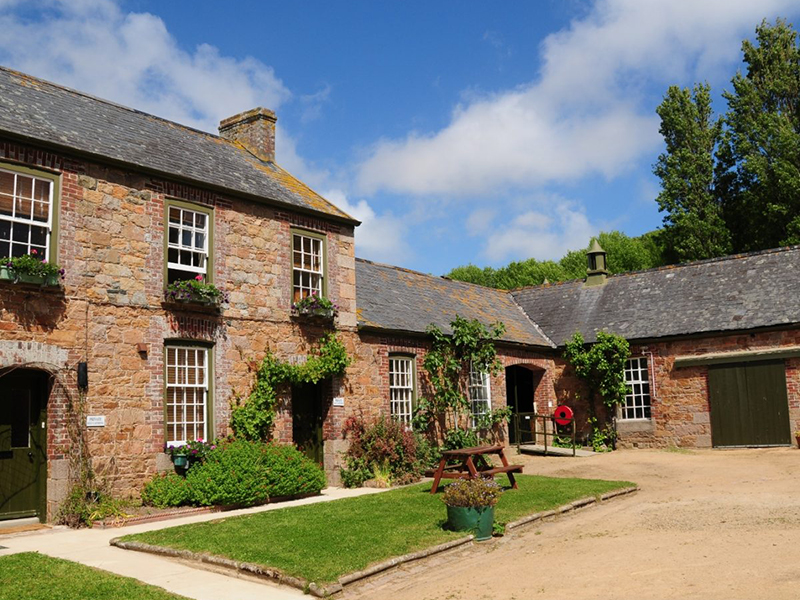With Farmers Weekly reporting that Defra is potentially making some aspects of Environmental Land Management (ELM) funding competitive to help address the £22bn shortfall in the public finances, we’re looking at how people can make a claim while there’s still funding available.
ELM funding is available to farmers participating in various government schemes to promote sustainable farming and environmental conservation. The ELM scheme is designed to replace the EU’s Common Agricultural Policy (CAP) and is part of the government’s post-Brexit agricultural policy. It focuses on rewarding farmers for implementing environmentally beneficial practices.
ELM is composed of three main schemes:
The Sustainable Farming Incentive (SFI) rewards farmers for adopting sustainable farming practices that protect and enhance the environment – improving soil health, reducing pesticide use, and maintaining hedgerows, for example.
Local Nature Recovery encourages collaboration between farmers and land managers to restore nature and biodiversity. This includes creating wildlife habitats, managing watercourses, and enhancing carbon capture.
Landscape Recovery is for large-scale, long-term projects that restore landscapes and ecosystems, such as peatland restoration, rewilding, and afforestation.
Eligibility and Scheme Selection
The Sustainable Farming Incentive is the most widely accessible scheme, suitable for most farmers.
Local Nature Recovery and Landscape Recovery may require participation in collaborative projects, so you will need to coordinate with other land managers or groups to apply for funding in these schemes.
In order to apply, you must be registered on the Rural Payments system, which is managed by the Rural Payments Agency (RPA).
If you’re not registered, we can help you create an account on the Rural Payments Service.
Once registered, it is important to regularly check the scheme details on the GOV.UK website to understand the available options and the specific actions needed to qualify for payments.
The Local Nature Recovery has not been fully launched, but when it is, farmers are expected to apply based on the specific environmental activities they plan to undertake, which could involve working with other farmers or environmental organizations.
Completing the Application Process
We’re here to help our clients with the application process. We will complete and submit the relevant forms and documentation detailing their land, planned activities, and how they will meet the environmental objectives outlined in the schemes.
For collaborative schemes like Local Nature Recovery or Landscape Recovery, the required documents may include project plans, maps and timelines for environmental improvements.
Compliance and Monitoring
Once funding is granted, farmers must follow the agreed-upon environmental practices. The Rural Payments Agency will likely conduct compliance checks to ensure applicants are meeting their commitments under the scheme.
We hope this brief overview is helpful. If you require any further information or need assistance in applying for ELM funding, please don’t hesitate to contact our expert partners in this area, PGM&Co, by emailing Molly Williams or calling 01673 843011.




